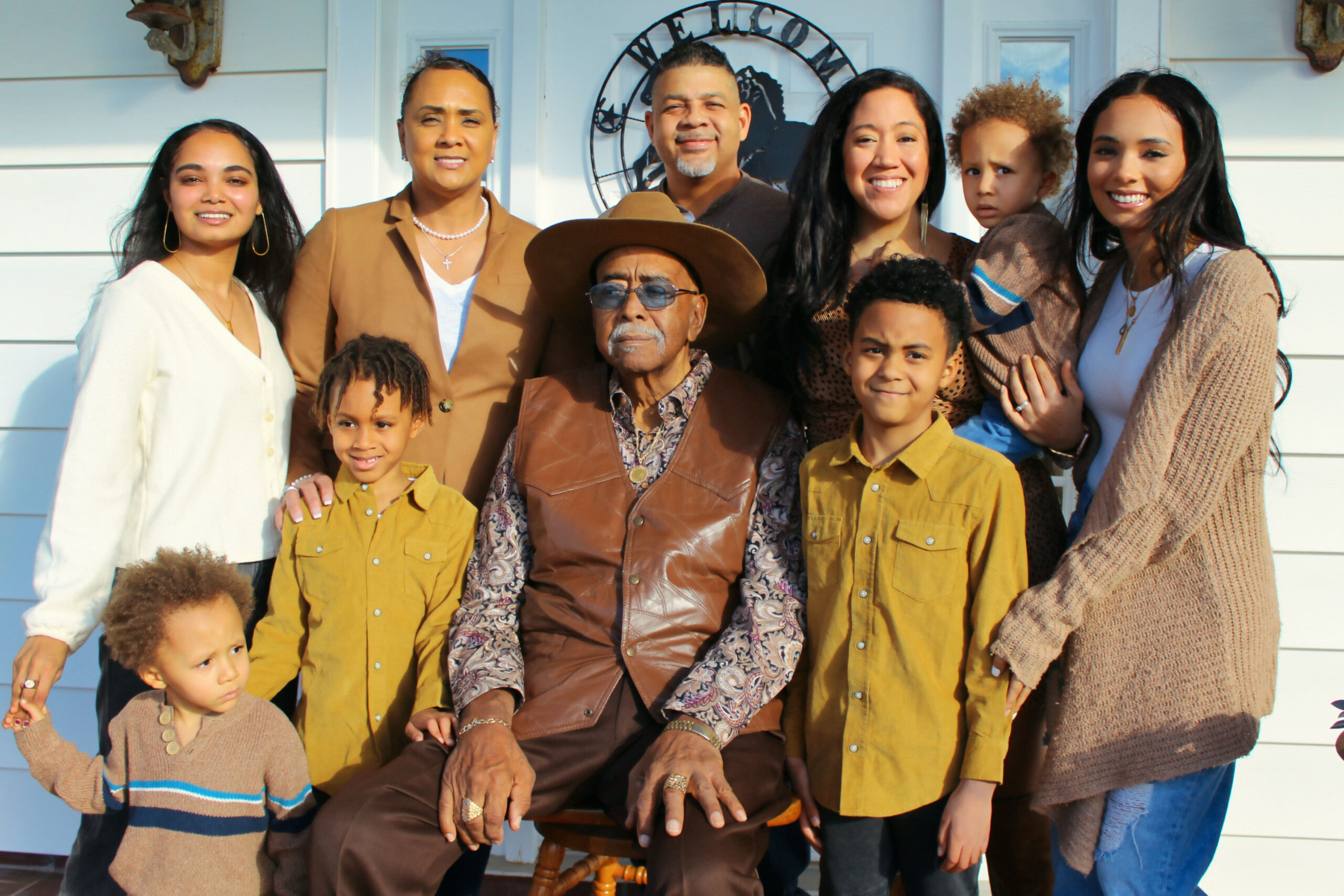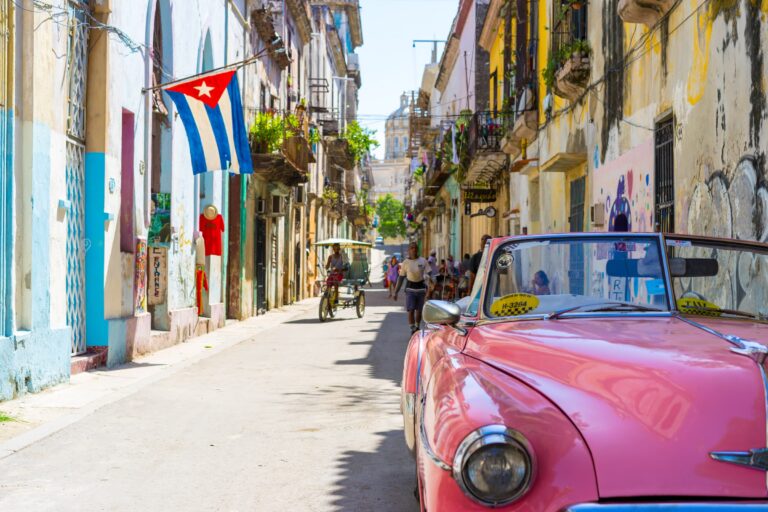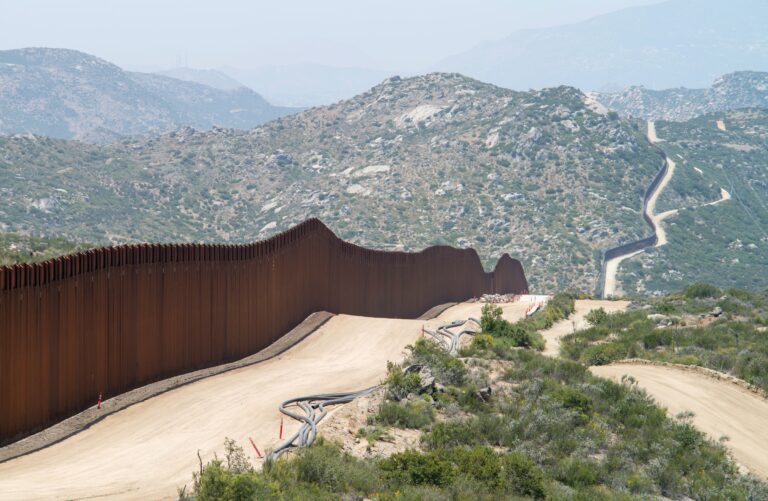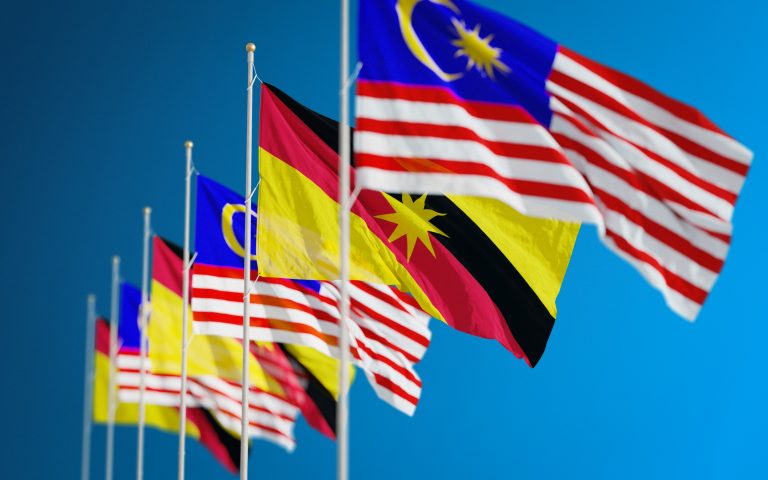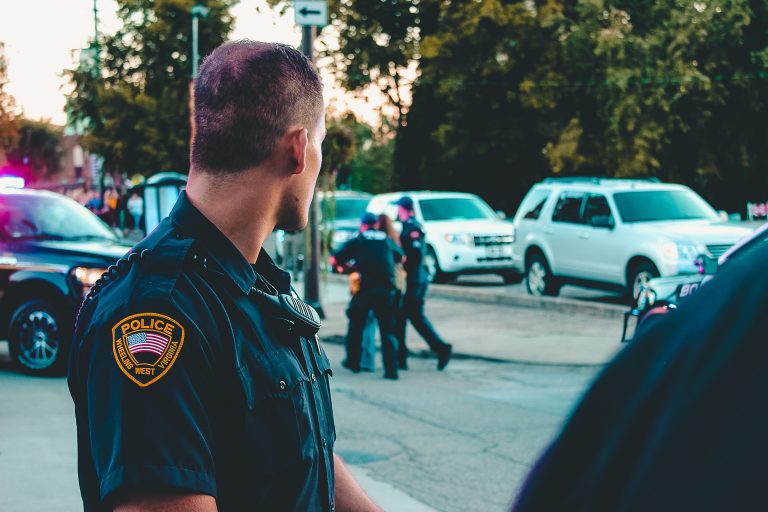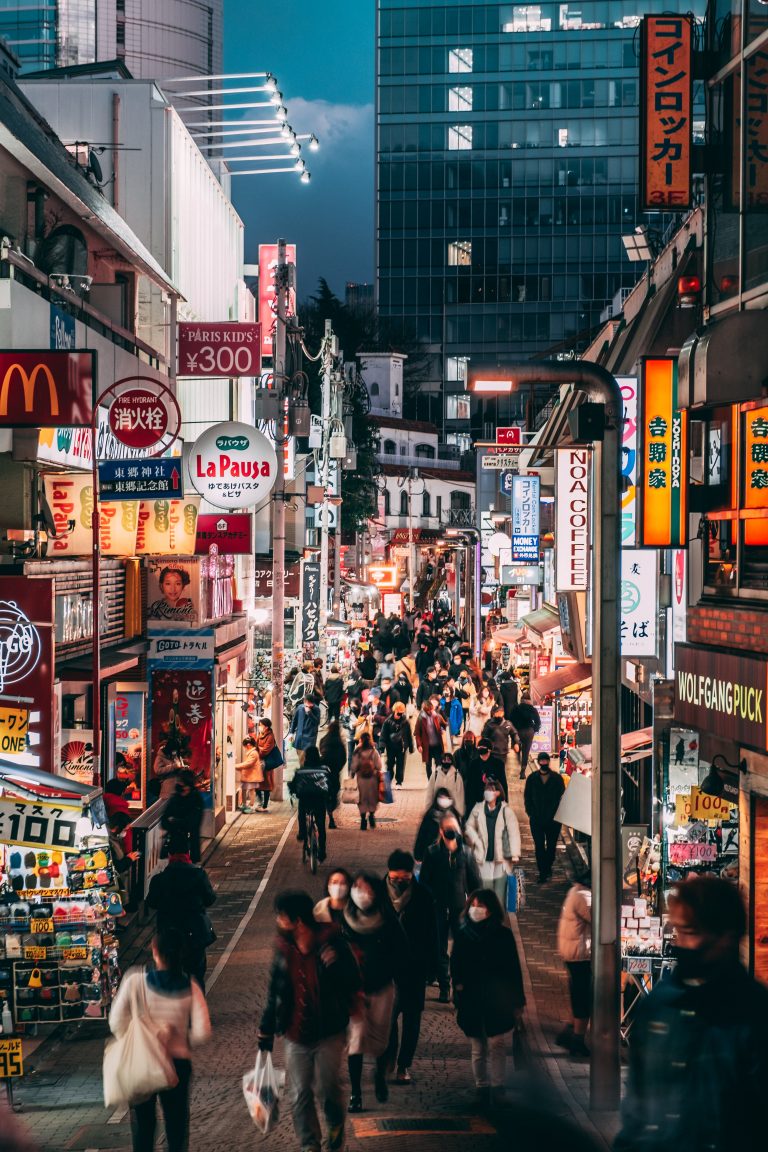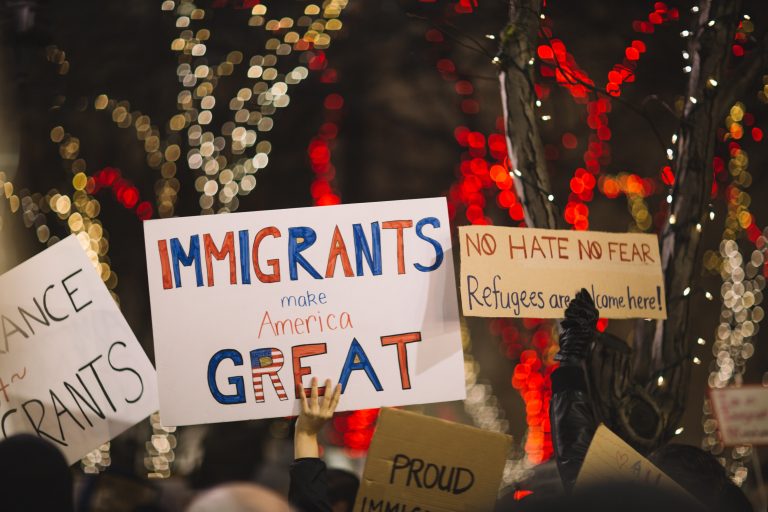Race, Skin Tone, and Latino Identity Among Puerto Ricans in the United States
- March 25, 2022
- Danielle Pilar Clealand and Angela Gutierrez
The 2020 census found that the number of Latinos responding as some other race on the U.S. census continues to increase. Many Latinos may not identify with the racial categories because of the racial hierarchy and the treatment and status of Latinos in the United States, while may think of themselves in different terms.
How can we more accurately measure racial identity among Latinos? How influential is a person’s self described race in understanding Latino group consciousness? Does self described race influence feelings of closeness with other minority groups? We use Puerto Ricans living in the United States as a way to understand Latino racial self-identification. This article seeks to better understand, through the lens of a particular Latino group, Latino identity and how race and skin color may play a role in self-identification and a politicized panethnic identity via group consciousness.
Using a survey of Puerto Ricans living in the United States conducted in 2020 by the Center for American Progress, we are able to examine two crucial questions about Latino identity. By offering more racial categories that respondents are familiar with, we test whether this can help capture some of the respondents that choose some other race in the Census and other surveys.
We also examine whether racial identification and skin tone are associated with feeling linked fate with Blacks in the United States. For Latino group consciousness, we find that respondents who identify as trigueño (a category similar to mestizo in Puerto Rico) are more likely to be group conscious, as are respondents who have darker skin tones. We also find that respondents who identify as Black and those with darker skin tones are more likely to say they have linked fate with Black Americans and less likely to feel closeness to Latinos as a group.


